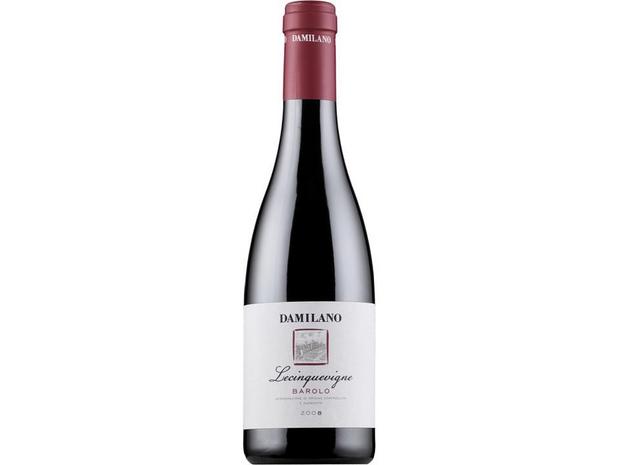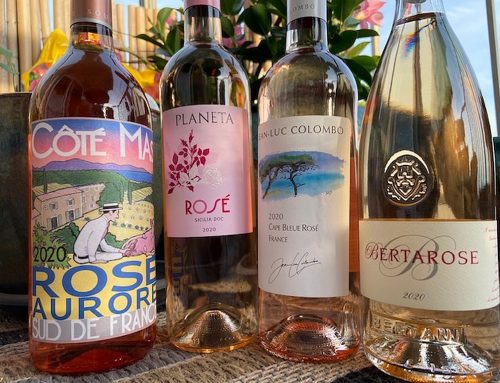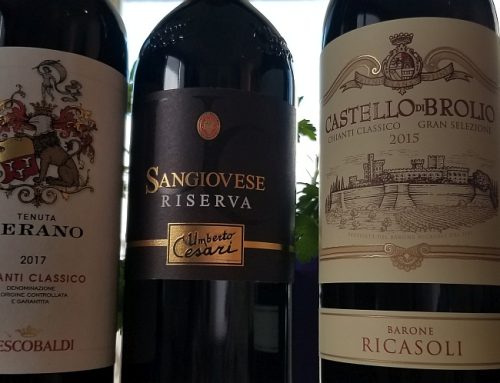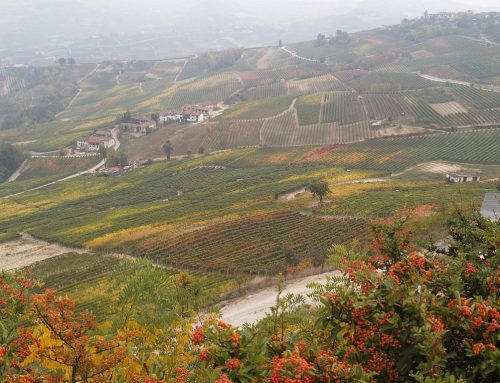Paolo Damilano is the fourth-generation to lead the Piedmont Damilano winery, and he was in Manhattan’s Colicchio & Sons restaurant last month to present a range of his well-made wines.
In 1927, his grandfather Giacomo Damilano obtained a 12-acre property from his father-in-law. Eventually, the winery was passed to him and his brother Mario, and cousins Margherita and Guido Damilano.
Damilano controls 180 acres of vineyards through ownership or leases in the Langhe, an area that includes the city of Alba and all the major vineyard areas such as Barolo, barbera, dolcetto and Barbaresco.
We started with barbera, which used to be a wine perfect with fish as well as meats because of its light-medium body, pleasant red fruit flavors and bright acidity. But in the 1990s, some producers began making dark, almost black-colored barberas with prune or fig aromas and flavors bound by the cinnamon and crème brulee accents from long aging in new oak French barrels. For me, these wines were more at home in Napa Valley.
Fortunately, the translucent cherry-color of the 2011 Damilano Barbera d’Astigives me confidence that this is not a New World barbera.
Winemaker Giuseppe Caviola captures the pleasant red fruit aroma and flavor while controlling the vanilla accent of the oak barrels that are used for aging. Combined with the soft tannins, it bridges both barbera styles. This ready-to-drink 2011 Damilano Barbera d’Asti will be a friend to grilled tuna and spareribs.
Next was the 2011 Damilano Marghe Nebbiolo d’Alba which is made of grapes from the villages of Barolo and Diano d’Alba, and named for Paolo’s late cousin and partner, Margherita Damilano.
Caviola aged this wine in 40 percent new oak barrels; his deft craftsmanship captured nebbiolo’s black fruit essence without overwhelming it with the vanilla infusion from new oak barrels. Nebbiolo is a grape that requires a few years of bottle aging to soften its tannins and meld its acidity into the wine. Caviola has done that task for you, making the 2011 Damilano Marghe Nebbiolo d’Alba drinkable with an hour of aeration.
From the first two wines, I got the idea that Damilano wants to emphasize the fruit and reduce the oak influence. The next two Barolos confirmed it.
From the first two wines, I got the idea that Damilano wants its wines to emphasize the fruit and reduce the oak influence. The next two Barolos confirmed that view.
The 2008 vintage was excellent in Piedmont. Damilano’s 2008 Lecinquevigne Barolo reflects nature’s generosity and the family’s vision. Lecinquevigne means five vineyards, which is where the nebbiolo grapes come from for this Barolo.
Caviola created a delightful cranberry-flavored wine. The oak influence is negligible in the 2008 Damilano Barolo Lecinquevigne, which is perfectly agreeable with me. I’ll trade that aspect for the flavorful fruit that was front and center in this wine. It is perfect with Colicchio’s fusilli and goat Bolognese.
Cannubi is arguably Barolo’s most prestigious vineyard. Damilano owns 5 acres and rents another 20 acres, which gave it control of two-thirds of Cannubi until last month, when the Italian wine authorities enlarged Cannubi to 84 acres. (Paolo Damilano might accuse the wine authorities of moving the goal posts.)
From its share of the vineyard, Caviola made a delicious and elegant 2008 Damilano Barolo Cannubi. Its bright ruby color and enticing black cherry aroma are immediately pleasing. Damilano says the new oak barrel aging is dialed back from 40 to 10 percent, allowing the black cherry fruit flavor to be carried on perfectly balanced tannins and acidity.
Both 2008 Damilano Barolos are savory, drinkable wines with an hour of aeration in a decanter.
The 2011 Barbera d’Asti and Nebbiolo Margre retail for about $17; the 2008 Barolo Lecinquevigne is about $38; and the 2008 Barolo Cannubi $79.








Leave A Comment